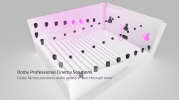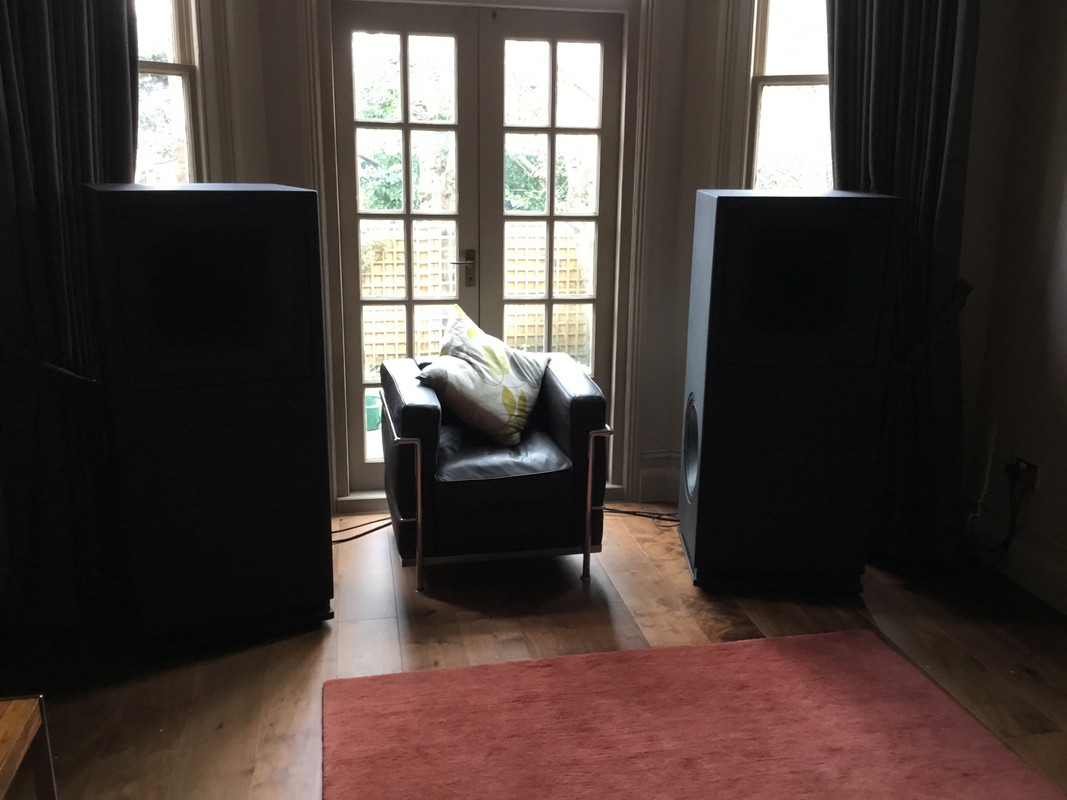I assume quite a few people here have been to a movie theater or two, hopefully some with a very good sound systems. The audio presentation in the movie house often has a grand scale to it. Voices are larger than life, musical instruments, incredibly dynamic and impactful. Not to mention any and all sound effects, car crashes, explosions, going into warp drive. etc..

. One of the reasons for that is: there are large horns and big drivers behind those screens, creating a very large dynamic sound field, which I personally like. It was in the movie theater that my interest in horn speakers for the home first arose.


